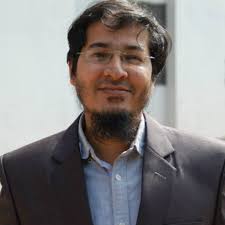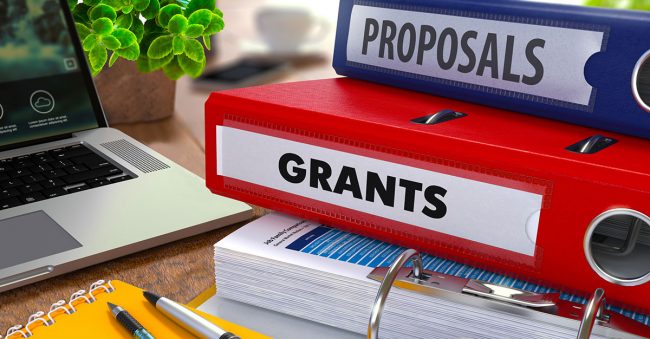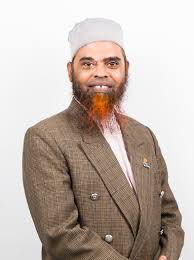2012-10-11 21:28:57
Dr Sorowar Hossain
Singapore, a city-state located at the tip of the Malay Peninsula, is 78 times smaller than Bangladesh, but its economy (US$257 billion) is larger than ours (US$226 billion). This tiny island is not fortunate to have any natural resources. It has to import everything from food to clothing including drinking water. Around 36% of over 4.8 million population is a foreigner; 50% of the service sector is occupied by foreigners. When Singapore became independent in 1965, it’s per capita GDP was US$511. Currently, that figure has risen to US$53,192, making Singapore wealthier per person than the United States, whereas US$1400 for a Bangladeshi.
Key factors behind Singapore’s success: Stable political environment, low levels of corruption, skilled workforce, and efficient infrastructures are the major factors behind the greatest economic success story among the Asian Tigers. It is the world’s easiest place to do business. Singapore has been ranked #1 in global innovation and competitiveness. It’s ranked first for having the most open economy for international trade and investment.
Singapore economy is driven mainly by exports of electronics manufacturing and machinery, financial services, tourism and the world’s largest cargo seaport. Since the 1980s, Singapore has become a favourite destination for multinational companies due to its sustainable manufacturing base, financial facilities and communication network (99% of its population has internet access). Banking and financial sector contributed 25% of the GDP in the 80s. In the early 90s, Singapore concentrated on export-oriented high technology manufactured goods. The major manufacturing industries include electronics (semiconductors, precision-engineering, etc.), pharmaceutical, chemicals, construction, and ship-building. As a consequence, manufacturing industries accounted for 30% of the GDP in the 90s.
The turning point for biomedical research endeavour: Since 1997-98 Asian financial crisis and the sudden decline in world trade in 2001-02, the government has intensified its efforts to push Singapore toward the development of a “knowledge-based” economy including biomedical science. “The Singapore economy needed to diversify, to become like a table with many legs,” says Philip Yeo, the architect of the biomedical research drive. He was also first Chairman of Singapore’s Agency for Science, Technology, and Research (A*STAR). “The additional leg of biomedical science would stand us in good stead in riding the next big wave.” The plan was announced in 2000 and allocated nearly US$2 billion over five years for the development of public and private sector biomedical research infrastructures from scratch.
A*STAR is the lead agency for nurturing world-class scientific research and talent for a vibrant knowledge-based and innovation-driven Singapore. A*STAR oversees 14 biomedical sciences, and physical sciences and engineering research institutes, and seven consortia & centres, which are located in Biopolis and Fusionopolis, as well as their immediate vicinity. A*STAR supports Singapore’s key economic clusters by providing intellectual, human and industrial capital to its partners in the industry.
Philip Yeo has made the blueprint for the biomedical research sector. As an engineer by training, he started his career as an official in the Ministry of Defense in the 1970s. His motivating and far-sighted initiative contributed to the turning of a struggling weapon industry for the Singaporean military into an international supplier of armaments. Then, in 1986, he became the chairman of the Economic Development Board (EDB) – the policymaker of the Singapore economy. He directed the expansion of the semiconductor and electronics industries that have led to Singapore’s economic miracle in the 90s. By the late 1990s, Yeo’s attention had shifted to the chemical industry. An artificially created “Jurong Island” has been dedicated to chemicals industries. Although Singapore does not have oil, it has the world’s third largest petrochemical refinery. In 2007, the output from the chemical industry cluster was US$59.4 billion, which is close to 34 per cent of the total manufacturing output. “It takes about five years to build each industry. Then I move on,” says Yeo.
“It takes about five years to build each industry. Then I move on,” says Yeo.
Last ten years, Singapore has spent billions of dollars to develop world-class research infrastructure. According to EBD, for instance, in 2009-the year of great economic crisis- $1.2 billion was invested in Biomed fixed assets such as facilities, equipment and machinery, with $700 million outlaid on total business spending. What’s happened in Singapore in just 5 or 6 years “is pretty darn remarkable,” says Edward Holmes, former dean of the School of Medicine at the University of California, San Diego (UCSD). By comparison, says Holmes, deputy chair of Singapore’s Biomedical Research Council, it took San Diego 40 years to become a biomedical hub. The research enterprise has progressed “beyond my wildest expectations,” adds molecular oncologist Edison Liu, former director of the Genome Institute of Singapore.
Singapore’s irresistible research infrastructures attracted many famous scientists:
Among these luminous stars in biomedical science are Sir David Lane (discover of cancer suppressor p53), Nancy Jenkins and Neal Copeland (a wife-husband team of famous for discovering way to accelerate the identification of cancer-causing genes in mice), Philippe Kourilsky (former Director-General of the Institut Pasteur), Edward Liu (former director of the Division of Clinical Sciences, National Cancer Institute, USA), Alan Colman (stem cell expert, renowned for contributing for the cloning of famous sheep, Dolly), George Radda (former chief of the U.K.’s Medical Research Council) et. al. Some of the top advisors of biomedical research are Sydney Brenner (Nobel Laureate), Paul Nurse (Nobel Laureate), Randy Shakeman et al.
Biomedical research sector has already attracted leading biomedical players such as Merck, Novartis, Pfizer, Roche, Abbott, Eli Lilly, Wyeth, Genentech and GlaxoSmithKline. More than 50 international pharmaceutical, biotech and medical technology companies are carrying out R & D in Singapore, besides 30 public sector research and medical institutes. Even during the global recession, several big pharmaceutical companies invested millions of dollar. For instance, Japanese drugmaker Takeda launched its regional headquarters and regional clinical coordination in Singapore, GlaxoSmithKline opened a US$600 million vaccine plant, Novartis is spending US$448 million setting up a state-of-the-art cell culture facility, which is its largest investment in 140 countries, Swiss life sciences company Lonza is also building two manufacturing plants for mammalian cell-derived products, investing a total of about US$600 million.
Some Singaporeans are a bit sceptical whether A*STAR is heading in the right direction since billions in taxpayers’ money had been spent to develop the Biomedical Industry. In 2007, Lee Wei Ling, head of Singapore’s National Neuroscience Institute and also daughter of Singapore’s founder Lee Kuan Yew and sister of current prime minister, wrote in a Straits Times newspaper article “if the present approach is followed without modification, a coherent body of research and success in a series of related fields is unlikely to develop.” Among other things, Lee is sceptical of the reliance on imported scientific talent and believes the overall effort lacks a coherent focus. World Bank economist Shahid Yusuf is impressed at how quickly Singapore has put together an infrastructure resembling that of San Diego and other hot spots. But Yusuf says, the questions are:” How much longer do they need to wait, and will [the returns] be large enough to provide a major engine of growth for Singapore?”
Philip Yeo answered his critics by pointing out that Biomedical manufacturing output had quadrupled from S$6 billion in 2000 to S$23 billion in the 5 years that the country had been investing in the sector. In such a short period, the biomedical industry grew to account for over 5% of Singapore’s GDP and 10,600 high value-added jobs. On the other hand, Singapore’s leaders have their confidence in the National Biomedical Science Strategy in the wake of the debate touched by Lee’s article. During a Budget speech in 2007, Finance Minister Tharman Shanmugaratnam said, “It is too early to evaluate the results of our R&D initiatives. But from the Ministry of Finance’s perspective, I am satisfied that this is a good use of public funds.”



